
Inge Morath made her first trip along the Danube River in 1958, but was unable to complete the journey then. Not until the fall of the Berlin Wall, in 1989, would she successfully cross the borders that, during the 1950s, politics had made impassable to most photojournalists. Thus, the first trip, as she later wrote, “turned into many trips. Shorter or longer ones depending on bureaucratic whims and my pecuniary situation.”
To follow the meanderings of the river, and to photograph its storied tributaries, became a passion for Morath; the grand voyage of a lifetime, on which she always discovered something new wherever and whenever she visited. This gallery includes just a few of the many photographs Morath made through the decades, until her last trip in 2001.
This summer, nine photographers will take turns driving a mobile art gallery from July 7 to August 11 — housed in an 18-wheeler — along the Danube River, from the Black Forest to the Black Sea, amassing a collection of visual stories in the spirit of the celebrated Danube series created by Inge Morath across five decades. Between 1958 and 2001, the Austrian-born Morath (1923-2002) chronicled the people and the ever-changing landscape along the great river; Danube Revisited is both a tribute to and a broadening of her monumental project.
The seeds for Danube Revisited were planted in 2012 when a conversation between Inge Morath Award winners Lurdes R. Basolí, Olivia Arthur and Emily Schiffer turned to a problem many photographers face: the fact that the subjects of documentary projects rarely get to see their likenesses in the works’ final exhibitions.
“We were in Austria showing our work at the gallery that represents Inge, and the gallery’s founders, who knew her well, gave us a real sense of how special she was,” explains Schiffer. “They had planned the logistics for her project along the Danube, and told us stories about Inge’s genuine human connection with her subjects, which enabled her to turn cultural or bureaucratic barriers into adventures. We wanted to take Inge’s images back to the Danube, and to honor her legacy by creating new work inspired by hers.” The award winners imagined a traveling gallery that would both return Morath’s images to their origins and promote the under-represented female voice and eye in a field long dominated by men.
The three were given Morath’s unpublished diaries from her journey along the Danube.
“Reading her diaries was like being given a window into Inge’s soul,” says Basolí. “She writes so beautifully. After reading them and ‘meeting’ her there was no way we could avoid making our idea real.”
They invited the other Morath award winners to be part of the project, and almost all of them are on board.
The mobile gallery will feature Morath’s photographs of the region, returning her pictures to their sources and engaging communities with their own histories. Along the way, the nine photographers (with three of their young children in tow) will produce new work influenced by the same landscapes and people that inspired Morath.
“We want to celebrate the women who dedicate their lives to documentary photography,” explains Claire Martin, who has spent the past two years developing the project with Arthur, Basolí and Schiffer, “and it’s important to us that the mothers in our group don’t have to choose between their work and their children.”
The award winners will also seek out substantive documentary work about life along the Danube created by women who know the region best. “We don’t want to presume ourselves as authorities in unfamiliar cultures. We want to promote and celebrate the work by female photographers in the Danube region who can best portray their culture and communities,” says Arthur. Four female professional photographers from the region will be on the trip, and local cultural institutions will host the truck-gallery, artist talks and portfolio reviews of aspiring local female photographers.
Danube Revisited will culminate in a large-scale exhibition produced by Fundación Telefónica, pairing Morath’s Danube work with the new images, a book published by Fotohof and a documentary feature film about the tour.

The Inge Morath Award is an annual grant judged and funded by the members of Magnum Photos to honor the legacy of Inge Morath, the first female member of the agency. The Inge Morath Truck Project is a collaboration between the nine award-winning photographers, The Inge Morath Foundation, and Fotohof Gallery, which facilitated Inge Morath’s journey along the Danube. Support is also being provided by the Magnum Foundation, Spedition Ebeling Truck Company and Fundación Telefonica.
Jennifer Gandin Le is a writer, photographer, and small business owner living in Austin, TX.
Read more about the Kickstarter campaign to support the project here
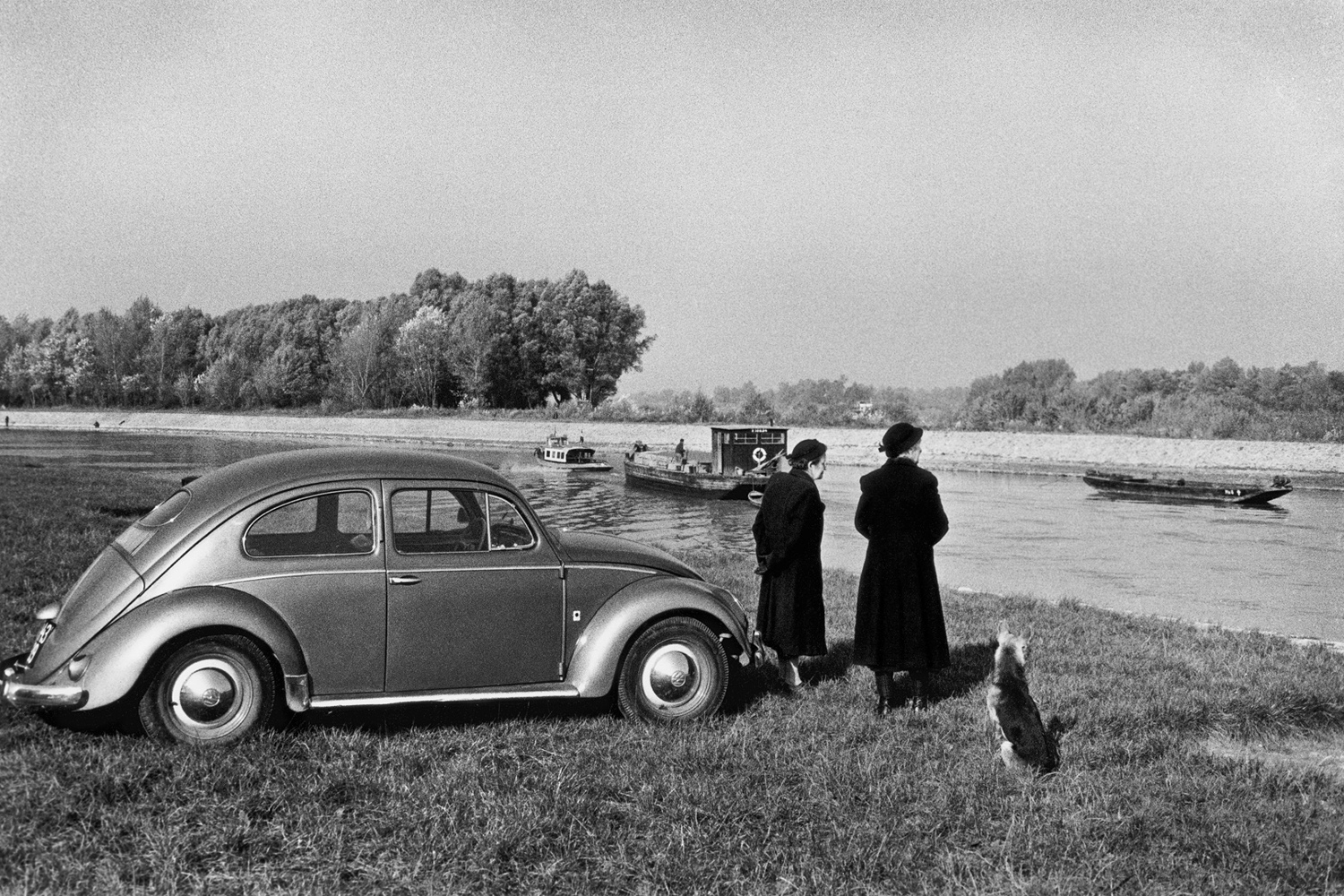
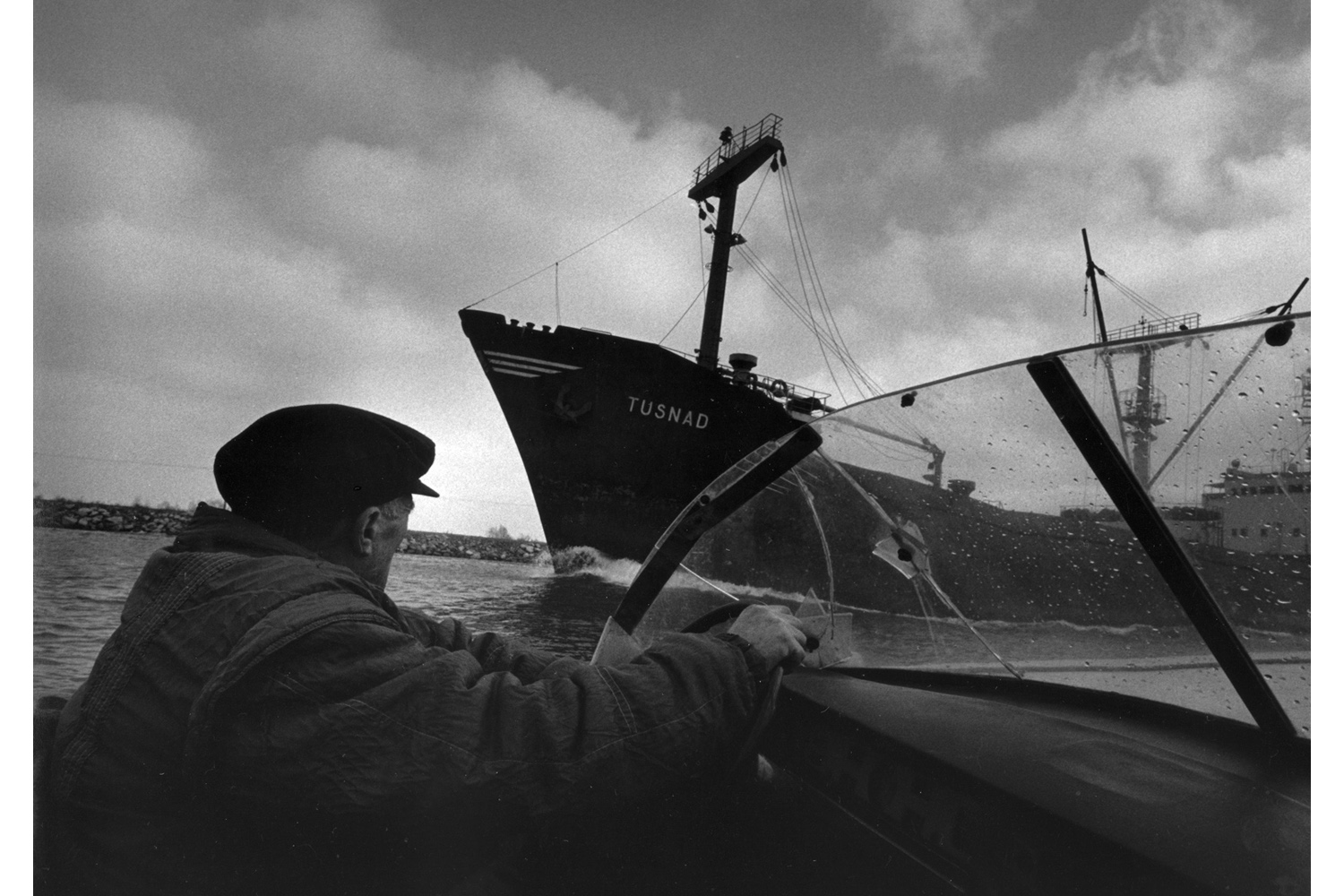
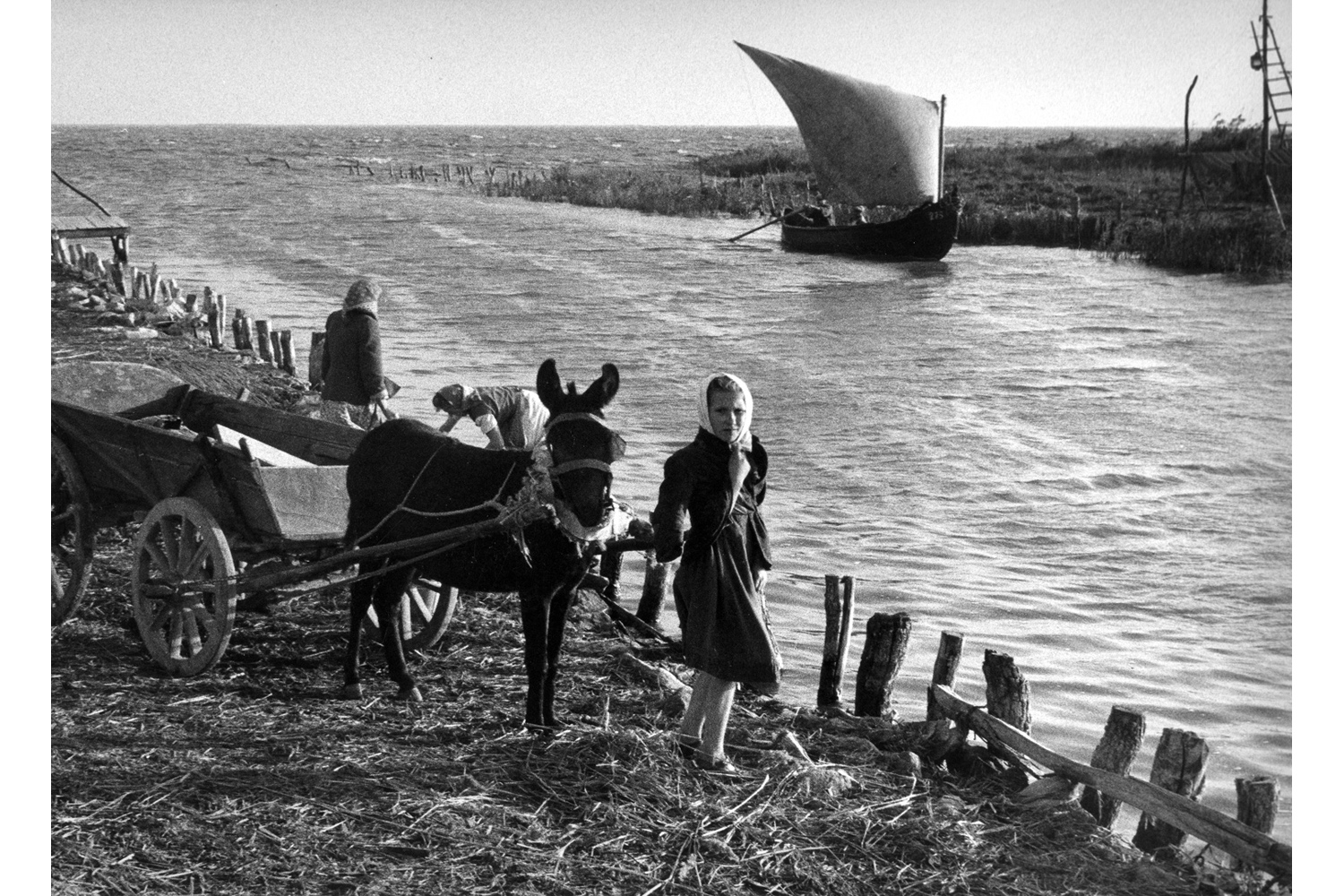

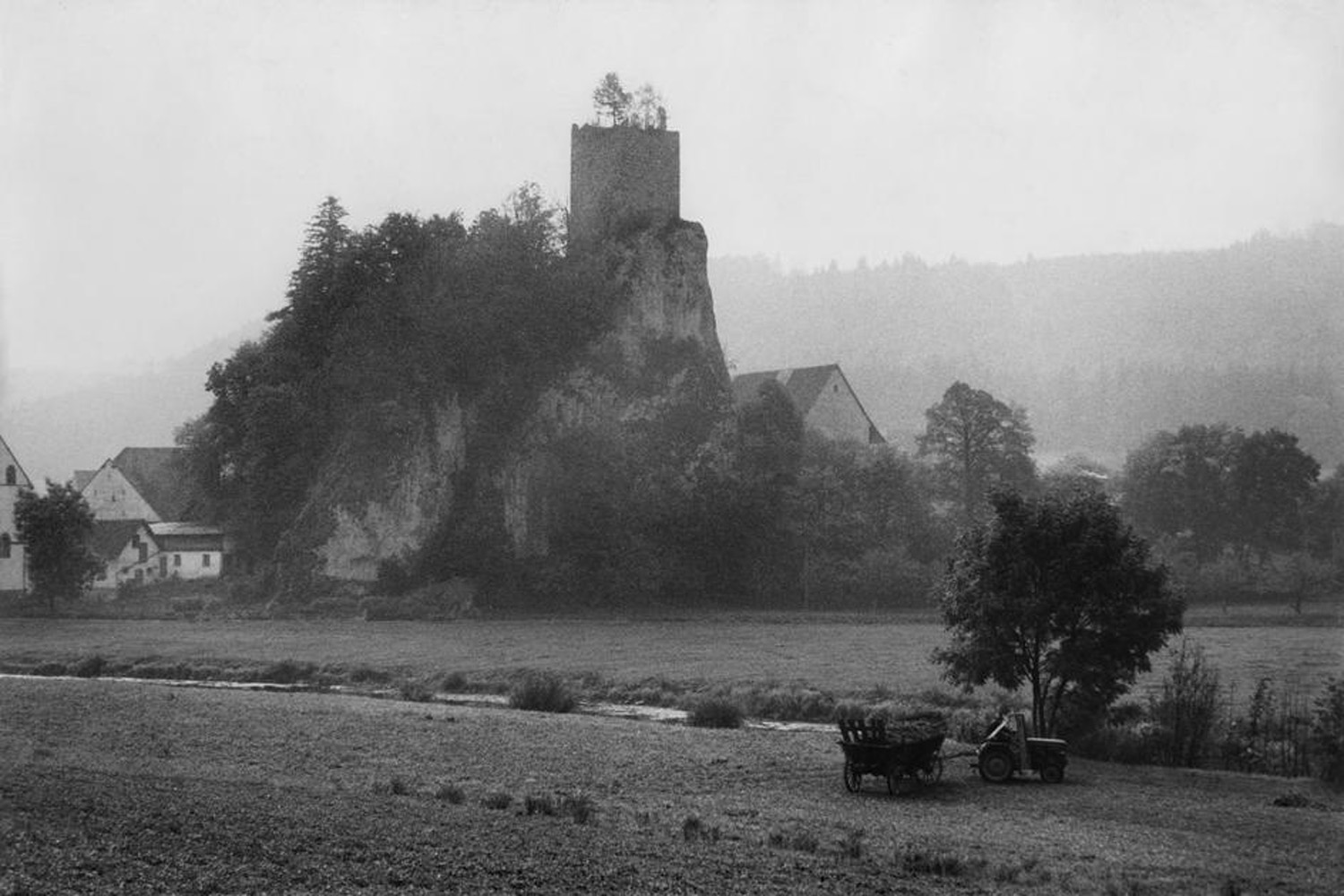
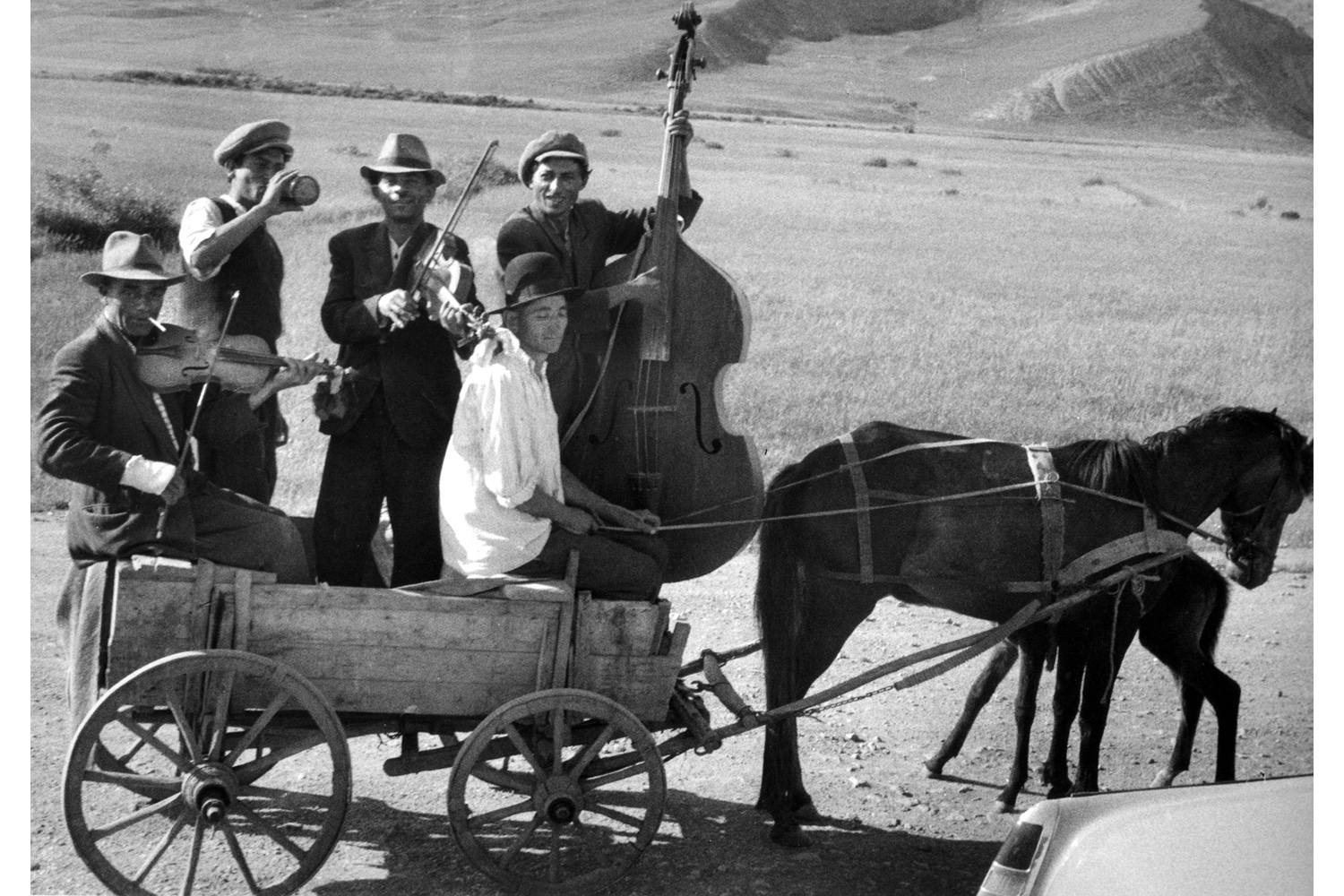
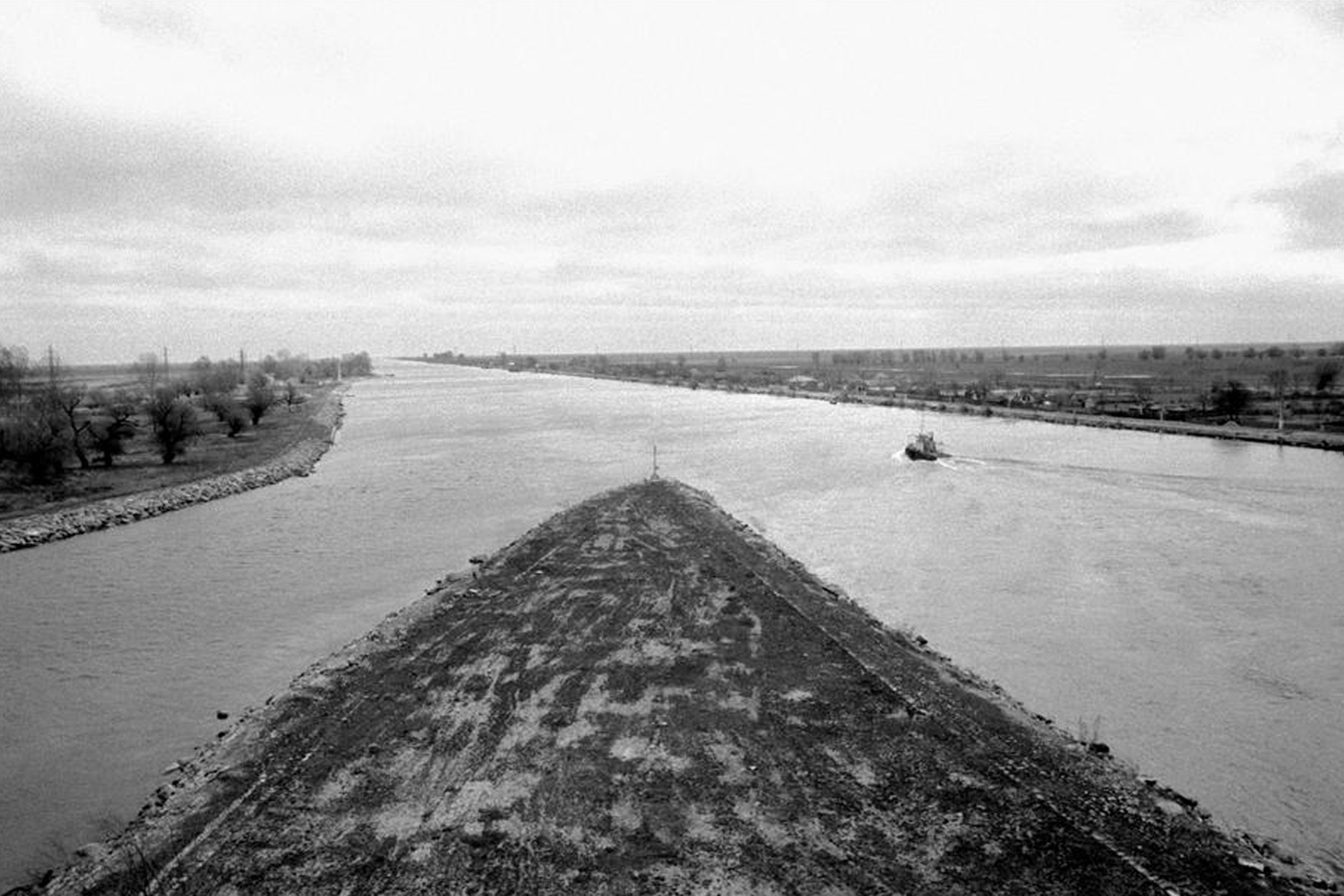
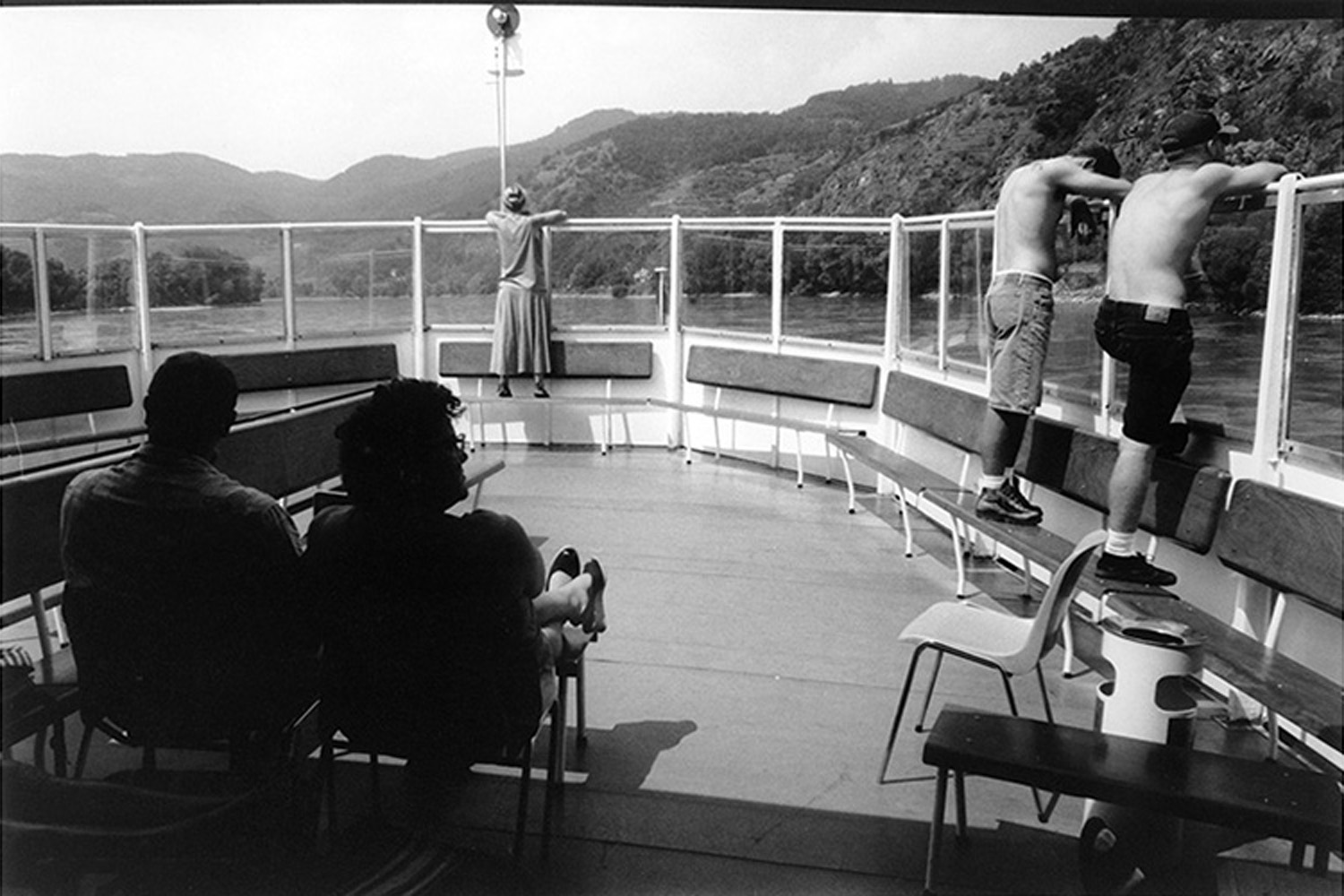
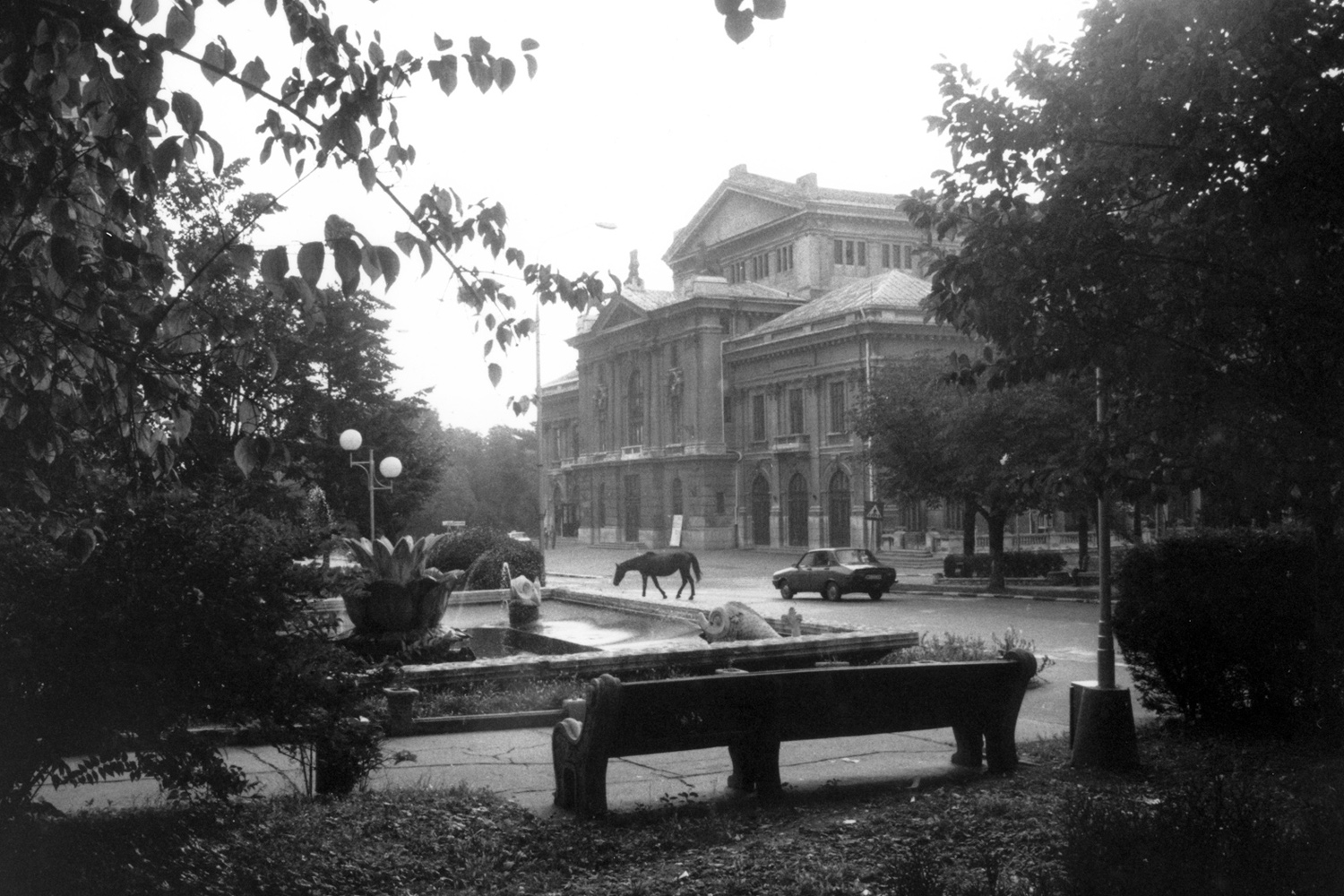
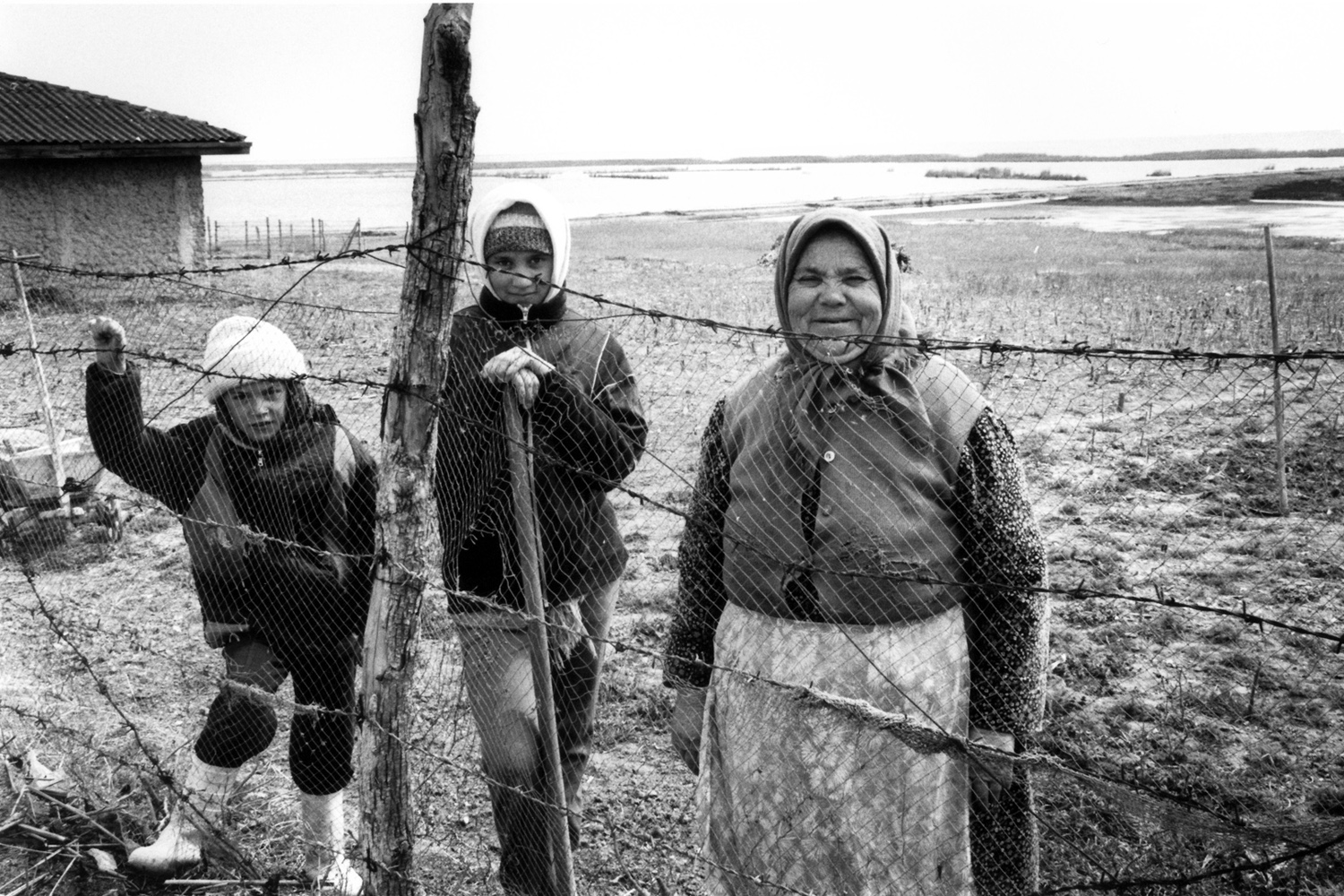
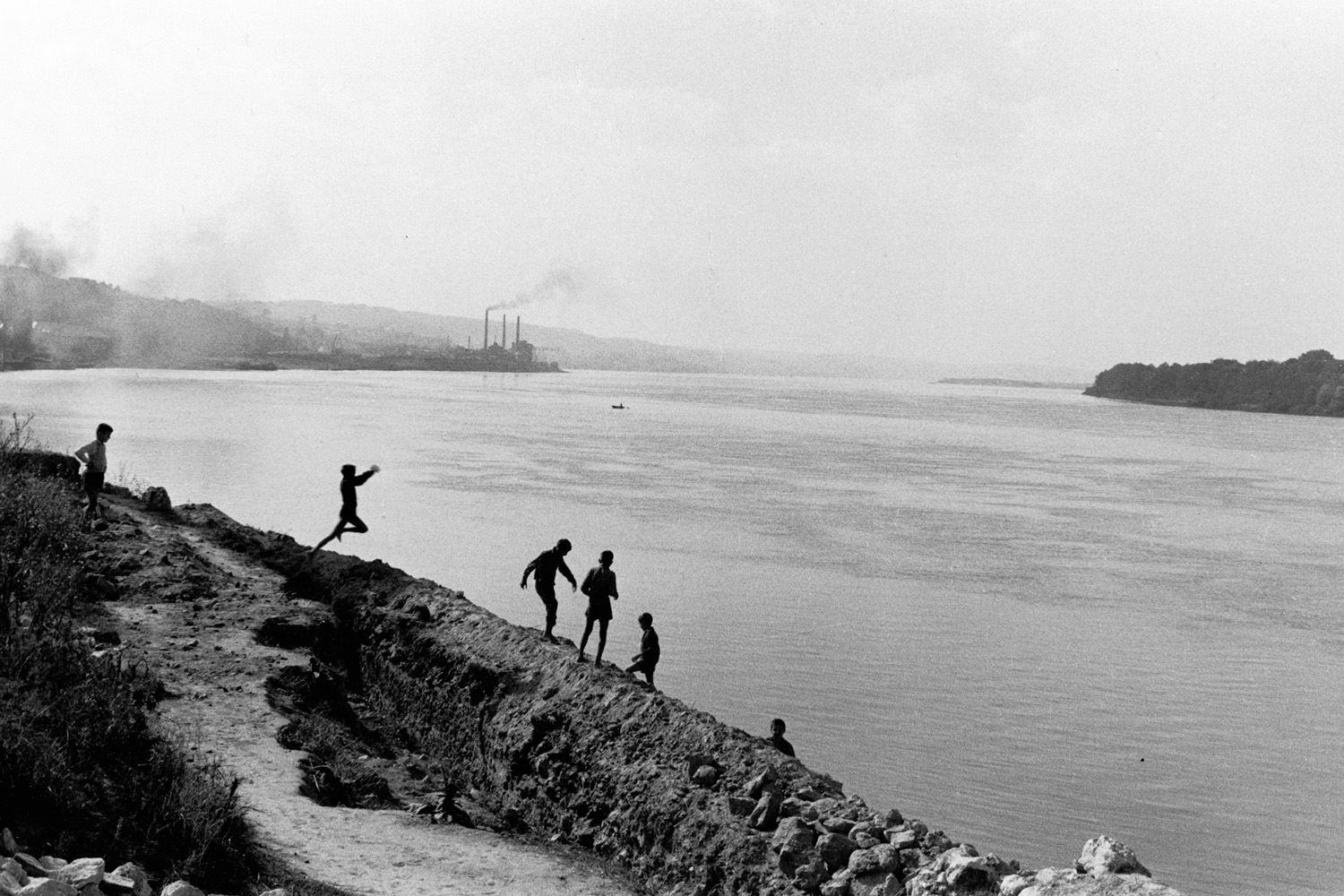
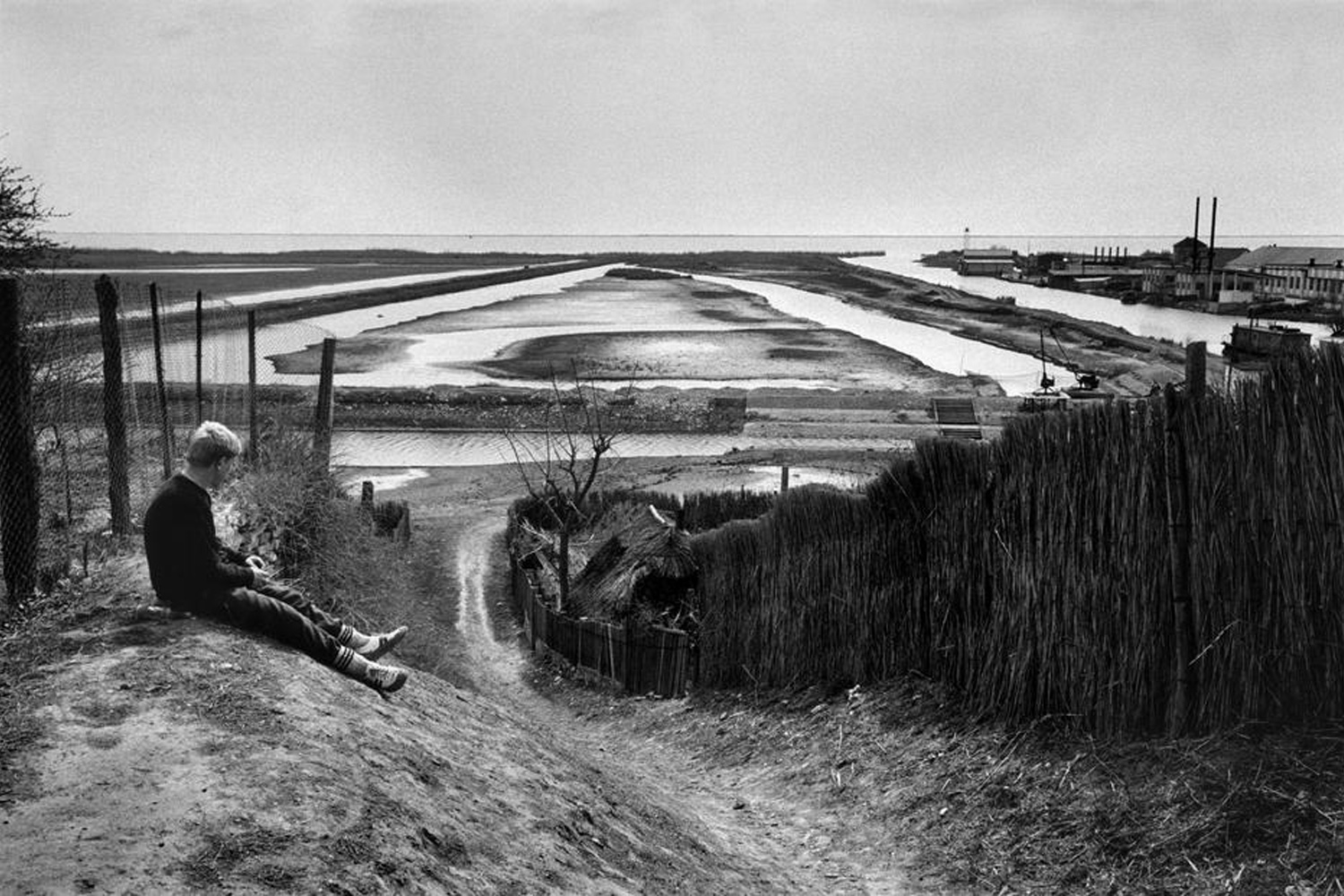
More Must-Reads from TIME
- Why Trump’s Message Worked on Latino Men
- What Trump’s Win Could Mean for Housing
- The 100 Must-Read Books of 2024
- Sleep Doctors Share the 1 Tip That’s Changed Their Lives
- Column: Let’s Bring Back Romance
- What It’s Like to Have Long COVID As a Kid
- FX’s Say Nothing Is the Must-Watch Political Thriller of 2024
- Merle Bombardieri Is Helping People Make the Baby Decision
Contact us at letters@time.com